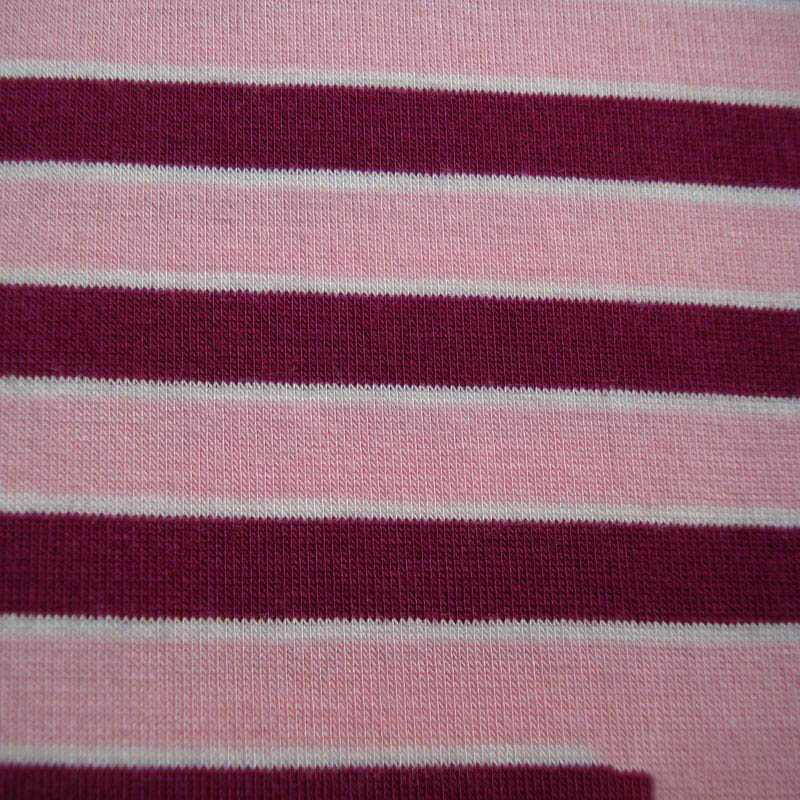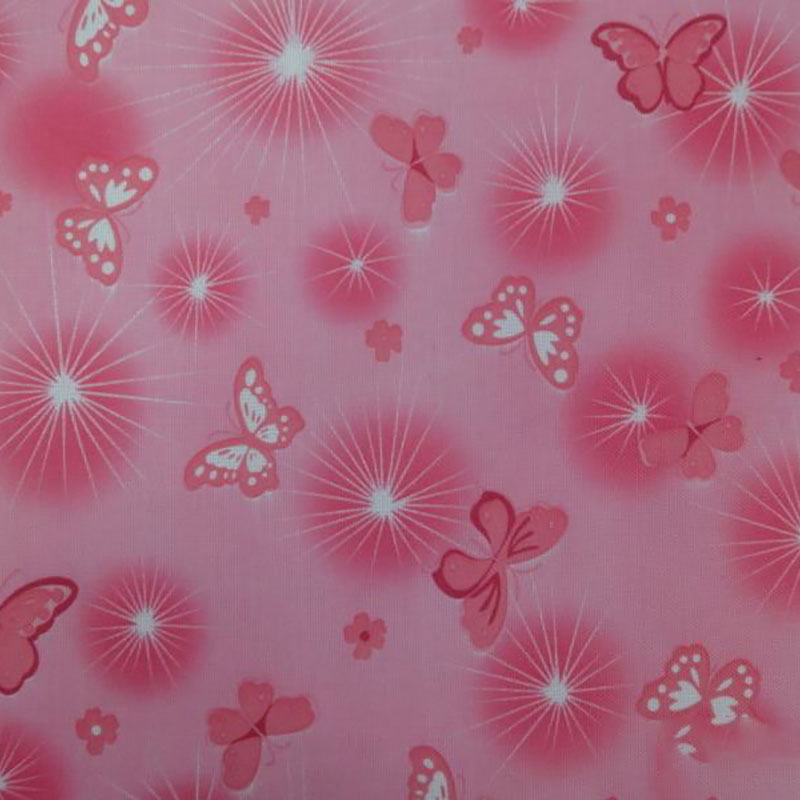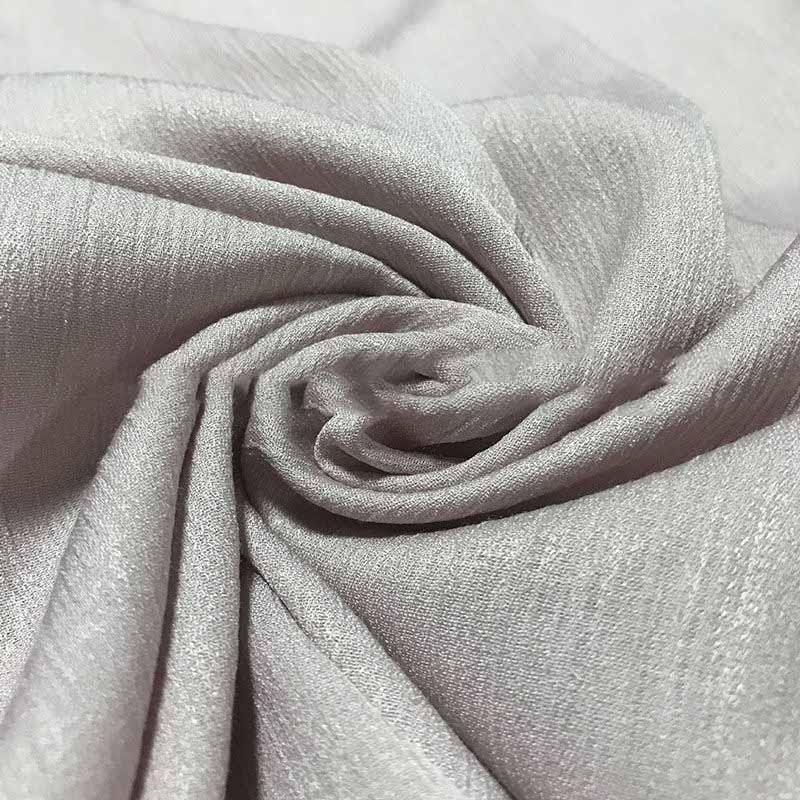
As environmental awareness continues to grow, the fashion industry faces the challenge of comprehensive transformation. Companies and consumers have higher requirements for the environmental performance and economic efficiency of fabrics. This article will explore the environmental characteristics and economic benefits of fabrics in depth, provide a comprehensive assessment for the fashion industry, and help all parties focus on the future of sustainable development.
Environmentally friendly fabrics are mainly divided into two categories: natural fabrics and recycled fabrics. Natural fabrics such as cotton, linen, wool, etc. are made from renewable natural resources and have good breathability and biodegradability. Recycled fabrics such as recycled polyester fibers are made from recycled materials, reducing the demand for raw materials and more in line with the concept of sustainable fashion.

Environmentally friendly fabrics may cost more than traditional fabrics in the initial stage of purchase, but in the long run, their durability and reduced maintenance costs can enable companies to obtain a higher return on investment. Choosing environmentally friendly fabrics not only helps to enhance the brand image, but also conforms to the consumption psychology of modern consumers who are increasingly inclined to environmentally friendly products.
.jpg)
Many well-known brands have adopted environmentally friendly materials and have received good market response in actual applications. Through case studies, we can observe that brands that use environmentally friendly fabrics have not only successfully attracted consumers who support sustainable fashion, but also improved the market competitiveness of enterprises.

By evaluating the environmental characteristics and economic efficiency of fabrics, companies can better understand how to achieve advantages in competition. Choosing environmentally friendly fabrics is not only in line with the trend of the times, but also an important measure to respond to the sustainable development strategy. In the future, the fashion industry should continue to increase the research and development and application of environmentally friendly fabrics to promote the development of sustainable fashion.


